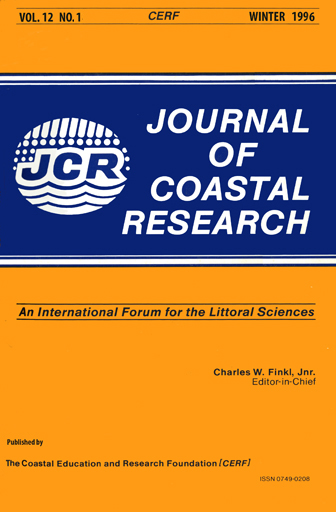Open Sea Paralic Ecosystems South of Java Sea: Environmental Approach by Flow Cytometry
Keywords:
Paralic, confinement, Java, phytoplankton, aquacultureAbstract
The organization and functioning of several sites of shrimp production along the northern Java and Sumatra coasts have been studied through the following parameters: usual hydrological parameters, total suspended matter, suspended organic matter, suspended mineral matter, planktonic chlorophyll a and phaeophytin contents. Additionally, the structure and com position of phytoplanctonic populations was analysed by flow cytometry. From obtained data on the site of Jepara (which is representative of all sites south of Java Sea), it appears that all coastal environments including open marine environments undergo a high confinement level. This is depicted by the drastic simplification of the natural as well as aquacultural ecosystems; the natural benthic macrofauna is almost completely absent and the other organisms are only procaryotes which grow in such ecosystems at the continental edge of the paralic realm. Studied systems are rather stable through time and display gradients from offshore towards the most restricted parts of the aquacultural structures, i.e., the semi-intensive and intensive ponds. These gradients move following the tidal cycles. A studied site in Sumatra along the Malacca straits displays similar gradients but a lesser confinement which is indicated by the presence of more diversified phytoplanctonic populations. In all studied sites, the intensive aquacultural practices tend to increase the confinement level not only for the aquacultural installations themselves but also for the offshore environments.


